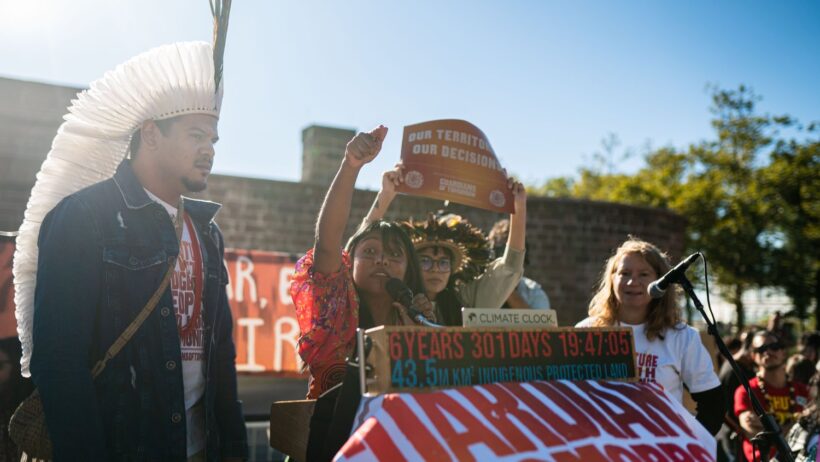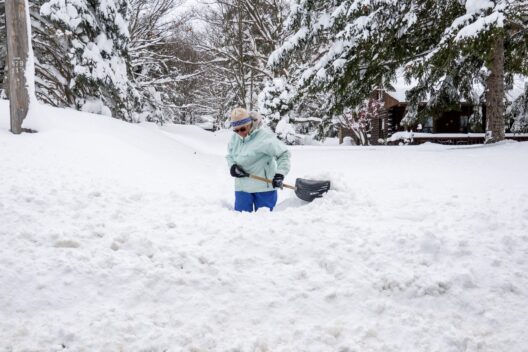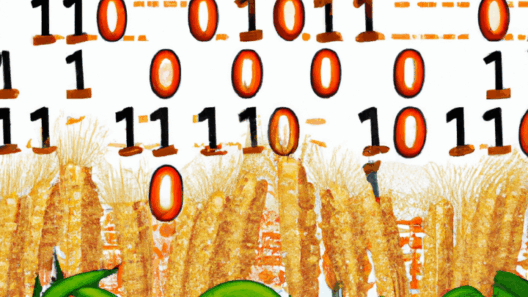The phenomenon of climate change poses a formidable challenge to our planet, echoing the ticking of the Climate Clock, a metaphorical and literal representation of the urgent time we have left to act. As we stand at the precipice of potential catastrophe, understanding the future impact of climate change becomes paramount. The Climate Clock serves as a vivid reminder of our dwindling time, encapsulating the gravity of this existential crisis.
Climate change, driven predominantly by human-induced emissions, is not an abstract concept; it’s a tangible reality that beckons immediate action. The consequences of climate change are as diverse as they are profound, affecting ecosystems, economies, and the very fabric of society. Rising global temperatures, an undeniable consequence of greenhouse gas emissions, are expected to escalate, transcending mere inconvenience to manifest as cataclysmic disasters.
The oceans, which absorb much of the excess heat, become harbingers of change. As their temperatures rise, coral reefs — the underwater jungles that host billions of marine species — are at risk. Coral bleaching events will increase, transforming vibrant reefs into desolate graveyards. The implications of this phenomenon extend beyond marine biodiversity; it disrupts fishermen’s livelihoods, and, by extension, food security for millions globally. In these unfolding scenarios, the Climate Clock ticks relentlessly, spurring multiple crises.
Furthermore, the melting of polar ice caps and glaciers signifies a more looming threat. Regions familiar with resilient ice and snow are witnessing a transformation, as once-bustling ecosystems recede under the advancing waters. Coastal cities, once symbols of human ingenuity and progress, may find themselves submerged in the not-so-distant future. Miami, New Orleans, and Jakarta, all illustrate the slippery hold humanity has on the coastlines it has come to dominate. The Climate Clock here becomes not just a measure of ticking seconds, but a countdown to profound loss.
On land, shifting climate patterns manifest as unpredictable weather phenomena. Droughts and floods become more frequent, wreaking havoc on agriculture — the backbone of civilization. Crop yields fluctuate dramatically, prompting food scarcity and consequent geopolitical tension as nations grapple with resources. This unsettling reality transforms the Climate Clock into a mirror reflecting the fragility of our food systems and security. Prosperous nations may be insulated for a time, but ultimately, the ripples of climate impact will challenge global cohesion.
Despite the grim projections and looming disasters, the Climate Clock serves also as an instrument of hope. A beacon flickering in the darkness, it calls for collective action. The urgency it embodies urges societies to transition towards sustainable practices and renewable energy sources. Imagine a world where the relentless tick of the clock transforms into a harmonious symphony of technological innovation and ecological restoration.
Renewable energy sources such as solar, wind, and hydroelectric power present viable alternatives to fossil fuel dependency. Transitioning to these sustainable sources not only reduces carbon emissions but also creates a more resilient economy. Developing infrastructure for renewable energy can revitalize communities, creating jobs and fostering innovation. In this context, the Climate Clock is transformed from a mere countdown to an empowering rallying cry for change.
The symbiosis of policy and individual action becomes crucial in this narrative. Each of us carries agency, capable of influencing both local and global trajectories. Advocacy for environmentally responsible policies, endorsing sustainable practices, and supporting enterprises that prioritize ecological health can propel us toward a greener future. The repercussions of our choices resonate beyond our immediate environment, knitting a tapestry of resilience and regeneration. In essence, the Climate Clock embodies not just impending doom but also a collective pathway to redemption.
However, the road to recovery is fraught with challenges. Denial and misinformation act as pervasive barriers, clouding public perception and delaying decisive action. The pervasive myth that climate change is a distant threat undermines the immediacy of its impacts. Through education and engagement, the narrative must shift; the urgency must become palpable. Recognizing that the Earth itself is a finite resource, our responsibility to steward its health and longevity becomes clear. The Climate Clock reflects not merely time but the moral imperative to act.
As we brace ourselves for the myriad of challenges ahead, the prospect of climate change and its impact on the environment loom large, compelling us towards a unified consciousness. The Climate Clock, a symbol etched in urgency, beckons a transformation in thinking and action. Each tick symbolizes both the risks we face and the hope that galvanizes our collective response.
In conclusion, navigating the future repercussions of climate change calls for an amalgamation of awareness, urgency, and actionable change. The Climate Clock isn’t just a reminder of how much time we have left; it’s a clarion call to accelerate our efforts towards sustainability, innovation, and social responsibility. Through concerted action and unwavering commitment, we can rewrite the narrative, ensuring that our legacy is one of resilience and hope, rather than helplessness in the face of the closing countdown.







